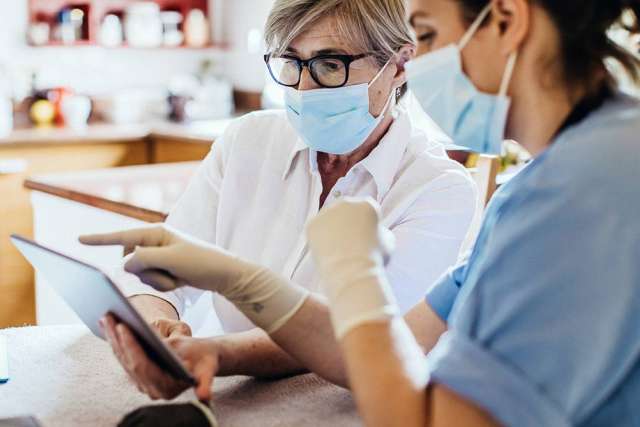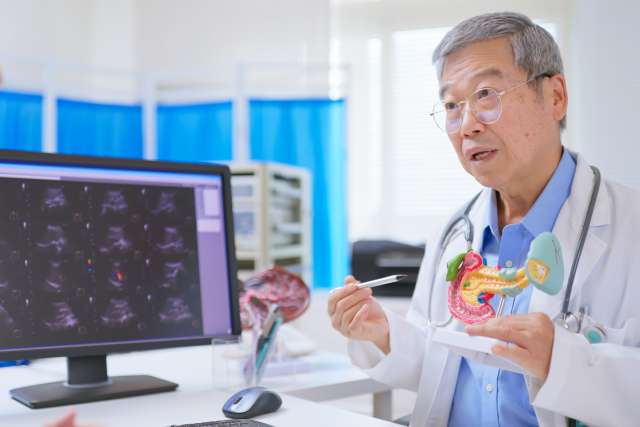Earlier this summer, several hundred UCLA Health primary care providers received a list of patients in their practices who may require extra attention over the coming year based on their health history, risk factors and physiological practices. The reports were compiled by UCLA Health’s Office of Population Health using big-data computer programs that analyze patient health practices, histories and risk factors. With the ongoing COVID-19 pandemic, the idea was to alert physicians of patients who may require extra attention and support to remain healthy as the pandemic unfolds through the coming fall and winter.
“Artificial intelligence is a technique that will change all of health care. COVID-19 will accelerate that,” says Naveen Raja, DO, medical director of UCLA’s Accountable Care and Population Health. "I think A.I. is the way forward in helping the doctor make decisions. We said to the clinics: These are your patients who are likely to get into trouble, who didn't get a follow-up MRI or who aren’t taking their medications? It's a proactive care model."
The push is supported at the highest levels of UCLA Health. John C. Mazziotta, MD, PhD, vice chancellor for UCLA Health Sciences and CEO of UCLA Health, has informed many of the faculty and staff that the old ways of doing business are over. “We now have a new world of medicine, and we need to function more efficiently, more effectively and have the end result be better for patients, trainees and scientists,” he says.
It is a trend that is taking place nationwide. "The story of COVID is going to be one that acts as a catapult to move us forward to a learning health care system," Amy P. Abernethy, MD, PhD, a deputy commissioner for the U.S. Food and Drug Administration, told participants at a national medical conference earlier this year.
Discoveries from research often take years to move from the research labs to patient care. However, Dr. Raja says that process has to improve as well. “That is not the way to do it. We have to change that,” he says. “The learning health care system means when we do something, we learn from that and use the learning to further improve. For example, we are using this artificial intelligence system to learn. It’s no longer acceptable to not know how many diabetes patients are in your practice, how many are doing well and how many have diabetes that is not controlled. We need to know what is working and what is not.”
Technology such as telehealth and artificial intelligence will help physicians care for large groups of people in a more effective manner, a concept is known as population health. Telehealth visits conducted at UCLA have climbed from several hundred visits a month to thousands per week. Telehealth could support population health by allowing patients with chronic ailments or mental health conditions to receive more frequent visits from health care professionals to help them stay healthy, according to Eve M. Glazier, MD, president of the UCLA Health Faculty Practice Group.
Some medical experts believe that health care services will be done more frequently in the home and other lower-cost and convenient settings. At the same time, physical examinations and procedures will continue at in-person clinic visits. Hospitals will be reserved for acute care, thus putting more control in the hands of health care consumers. “I think, in the very big picture, there will be a shift from giving care on a health care organization’s terms to giving care on the patient’s terms,” Dr. Raja says. In the traditional care model, patients make an appointment, come to an office and wait until the practitioner is free to see him or her. Consumers who embrace telehealth may begin demanding more. “Patients are asking, ‘If I can do my banking from home, why can’t I do more health care from home?’” Dr. Raja says. “I think this is on the horizon. It hasn’t bloomed yet.”




